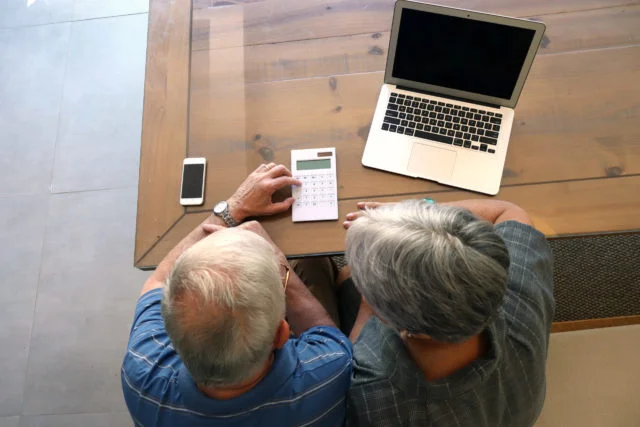Tag: retirees

Social networks dwindle naturally over the years as spouses die and friends lose touch. Nearly half of 75-year-olds are widowed or single. Disabilities like diminished hearing or a bum knee also interfere with an older person’s ability to socialize. But maintaining a robust network is crucial, because a substantial body of research shows that retirees…

In COVID’s early months, millions of workers’ incomes dried up as the unemployment rate skyrocketed. But older Americans were somewhat shielded from the downturn. That’s because they either are over 62 and on Social Security or receive federal disability benefits every month at higher rates than young adults. And just like everybody else, they got…











